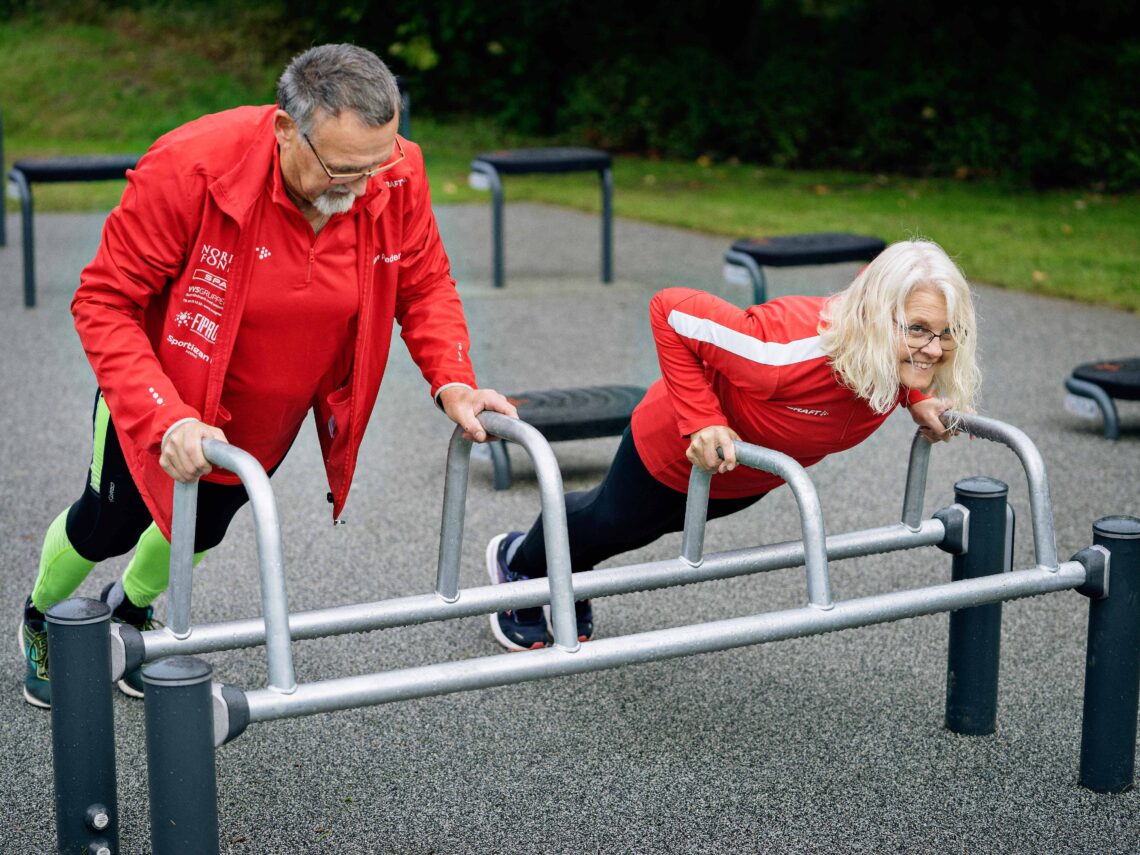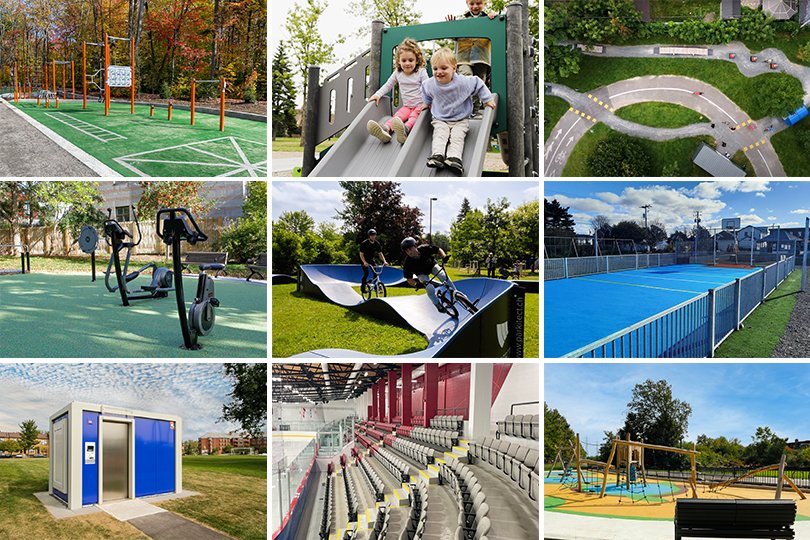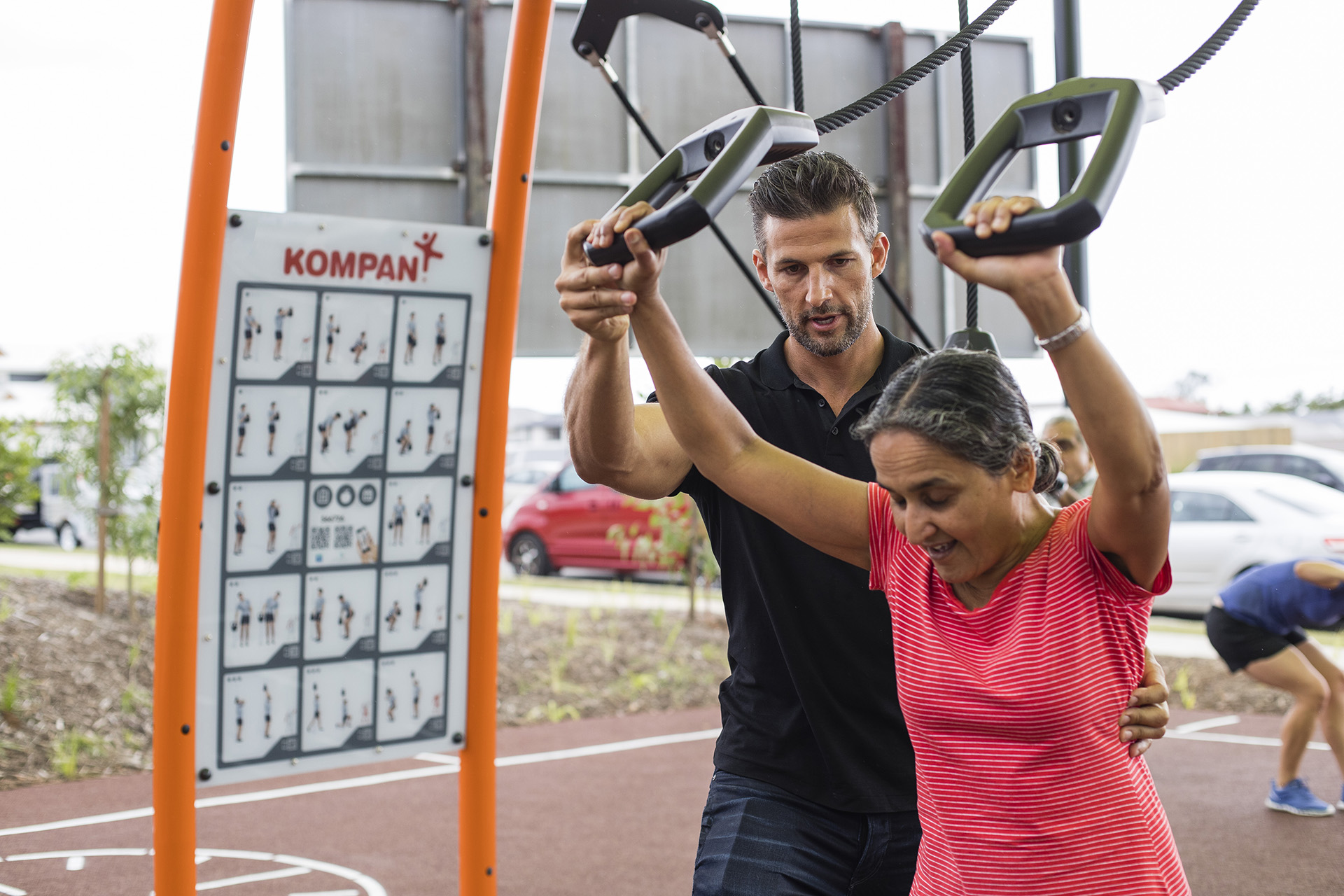Physical inactivity is a major health problem in modern society, contributing to rising rates of obesity and lifestyle diseases such as type 2 diabetes. This is why access to exercise and motivation to be active are essential approaches to solving these problems. Exercising outdoors has many advantages over indoor workouts, including indirect benefits such as increased motivation and enjoyment. In addition, exercising in daylight and fresh air has specific benefits for physical and mental health.
Recent research suggests that the health benefits of natural light go far beyond vitamin D, hence the need for new guidelines on prioritizing outdoor exposure for health (Holick, 2016). Outdoor fitness equipment can be installed in public spaces with free access and close to residential areas, making it an ideal choice for those who want to keep fit. effective approach to combining the health benefits of exercise and outdoor exposureespecially for those who need it most. This article presents the latest research on the benefits of outdoor exercise.
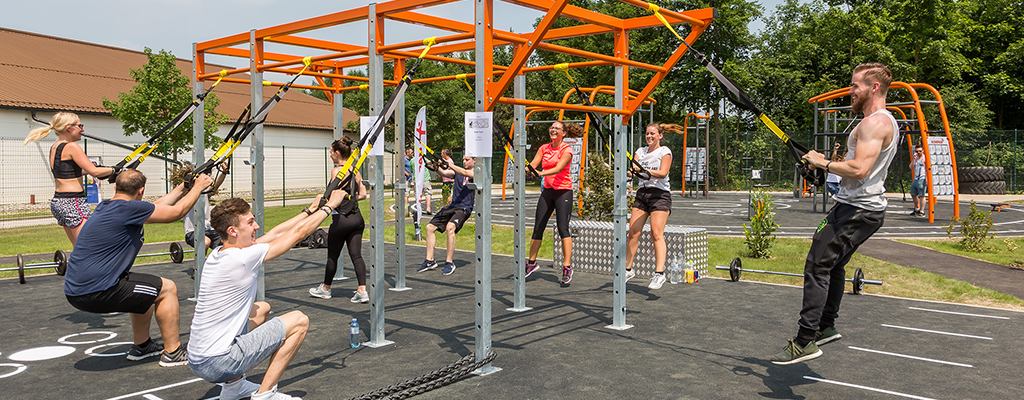
The classic health effect: Production of vitamin D through exposure to the sun
When our skin is exposed to the ultraviolet wavelengths of sunlight, it produces vitamin D precursors which are then converted into the active form of the vitamin in the liver. Vitamin D is essential for bone health, and recent research indicates that it also contributes to the prevention of cardiovascular disease (de la Guia-Galipienso et al., 2021). In addition, vitamin D plays a role in maintaining a healthy immune system, reducing inflammation and regulating cell growth (Holick, 2016). In addition, low vitamin D levels have been associated with an increased risk of developing immune disorders and certain types of cancer(Sluyter et al., 2020).
The general recommendation for achieving healthy levels of vitamin D is 10 to 30 minutes of exposure to sunlight most days of the week, depending on your location and skin color. By combining exposure to sunlight and physical exercise, individuals can achieve a double health benefit.
New research: The effects of infrared (IR) and near infrared (NIR) wavelengths
Natural sunlight covers a wide spectrum of wavelengths. In general, we focus on the ultraviolet wavelengths responsible for vitamin D production, tanning and sunburn. However, recent research highlights the importance of infrared and near-infrared wavelengths for immune function and tissue regeneration (Heiska-nen et al., 2020). Regulation of the hormone melatonin probably plays a key role in these processes (Tan et al., 2023). The intriguing aspect of these results is that the health benefits come from the IR and NIR portions of sunlight, rather than the potentially harmful UV wavelengths.
In fact, it has been suggested that most of the health benefits of sunlight can be attributed to these other effects rather than to vitamin D (Minich et al., 2022). Near-infrared sunlight can penetrate clothing and the upper layers of body tissue, interacting positively with mitochondria in various organs. In practice, this means that exercising outdoors while wearing UV-protective clothing enables individuals to benefit from the many positive effects of sunlight.
Effects on mental health
Exposure to sunlight increases the brain’s release of the hormone serotonin, which is directly involved in mood regulation. In addition, sunlight helps regulate the production of melatonin, which is responsible for our circadian rhythm and sleep patterns. The link between daylight exposure, healthy sleep, mental health and cognitive function is well established (Boubekri et al., 2020). Several studies have reported various functional effects of these mechanisms.
For example, a recent study measured an increase in neural responses associated with attention and working memory after a 15-minute walk outdoors, a result not observed after a 15-minute walk indoors (Boere et al., 2023). Another study showed that obese individuals aged 18 to 21 enjoyed greater stress relief and restored attention levels when exercising in natural environments compared to indoor activities (Wang et al., 2021).
A 2022 review concluded that outdoor physical activity in natural environments was more beneficial for a range of psychological outcomes than in urban environments (Wicks et al., 2022). Interestingly, participants reported feeling more relaxed and calm after 15 minutes of outdoor exercise than after 40 minutes or more, supporting the idea that frequent short sessions of outdoor exercise are a beneficial strategy.
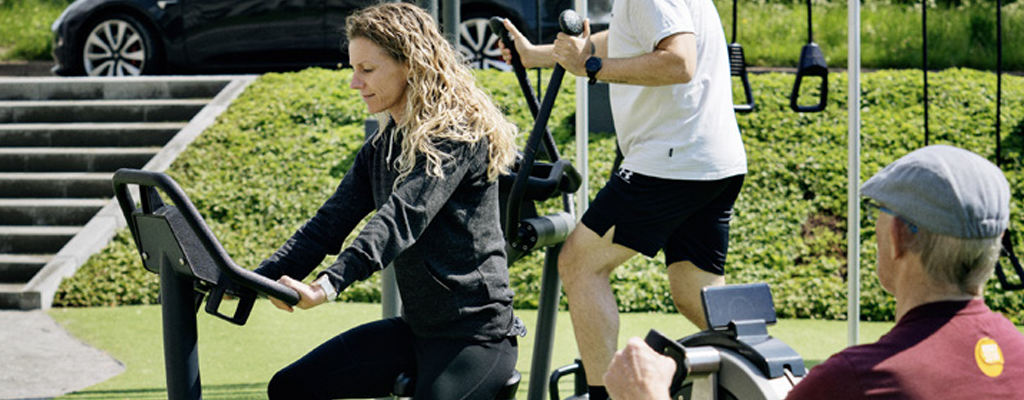
Increased commitment to outdoor exercise
Research indicates that people tend to exercise longer and more intensely outdoors (Kerr et al., 2012; Niedermeier et al., 2017). Most studies have focused on activities other than outdoor fitness. Nevertheless, as the studies have all attempted to isolate the difference with the environment, we can assume that the positive effect applies to many types of activity.
It has also been found that people are more inclined to repeat the activity when done outdoors. However, not all outdoor environments are equal, as the effect seems less pronounced in urban environments devoid of greenery (Wicks et al., 2022). This underlines the importance of designing activity zones in urban spaces using parks or creating a mini-park atmosphere around the activity zone.
A clean, natural outdoor environment
During the COVID-19 pandemic, particular attention was paid to hygiene and antiviral surface treatment. Research comparing virus degradation on indoor and outdoor surfaces revealed that exposure to sunlight or even cloudy skies eliminated living viruses from surfaces within minutes (Bernard et al., 2023). Consequently, assuming the same level of hand hygiene, outdoor fitness equipment surfaces are safer than their indoor equivalents.
Warning about overexposure to the sun
Too much of a good thing can be bad. The same applies to sunlight. Excessive exposure to the sun can be harmful and increase the risk of skin cancer, depending on location, season and skin sensitivity. It is essential to follow the guidelines of local health authorities to minimize risks. However, avoiding the sun too cautiously can also have a negative impact on health, leading to reduced immune function, deteriorating bone health and mental health problems.
Exercising outdoors several times a week at appropriate times of the day, with partially exposed skin in a partially shaded environment, generally offers the optimum combination for maximum health benefits.
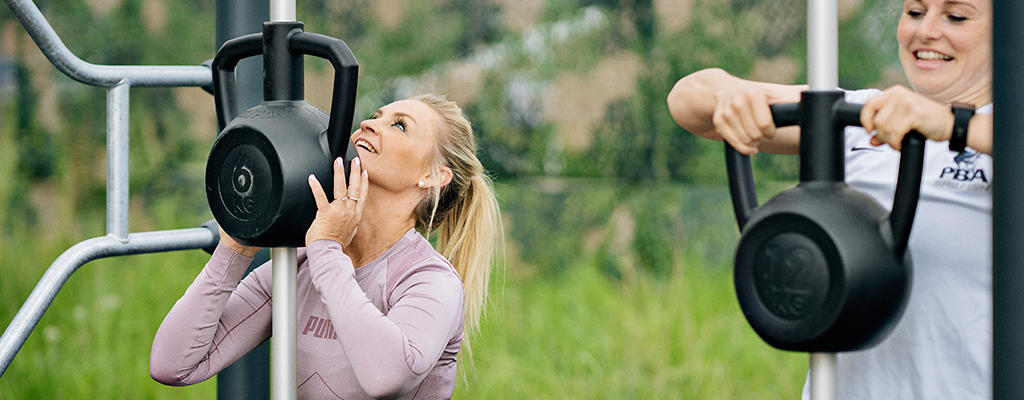
In brief
- Outdoor exercise increases vitamin D production, which improves bone health and prevents cardiovascular disease.
- Exposure to infrared and near-infrared wavelengths during outdoor exercise improves immune function and tissue regeneration.
- Outdoor exercise has mental health benefits, including improved mood and cognitive function, thanks to increased serotonin levels and regulation of melatonin production.
- Outdoor workouts are often longer and more intense, and you’re more likely to maintain a regular exercise routine.
- Natural outdoor environments offer cleaner, safer exercise spaces than indoor facilities, reducing the risk of infection.
- To optimize the health benefits of outdoor exercise, it’s best to train in green spaces, and to opt for short, frequent sessions rather than longer, less frequent ones.
- Balancing sun exposure and skin protection during outdoor exercise maximizes health benefits while minimizing potential risks.
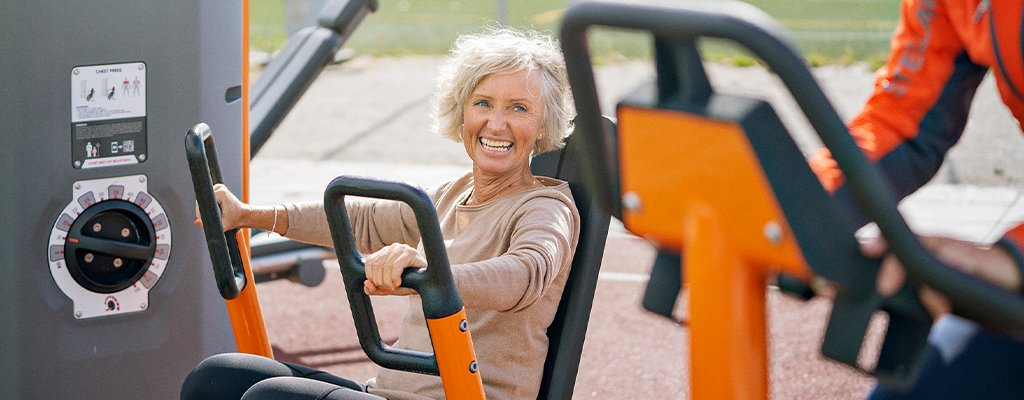
Free translation of the white paper “THE BENEFITS OF EXERCISING OUTDOORS VERSUS INDOORS“by Morten Zacho, MSc, KOMPAN Fitness Institute




